When is Secrets of Skin on TV?
The first episode of Secrets of Skin airs on BBC Four on Sunday 15 December at 7.30pm.
The series runs for the whole week, airing at 7.30pm each night. The final episode airs on Friday 20 December.
Who is presenting Secrets of Skin?
Ben Garrod, a professor of evolutionary biology and science engagement, will be presenting Secrets of Skins.
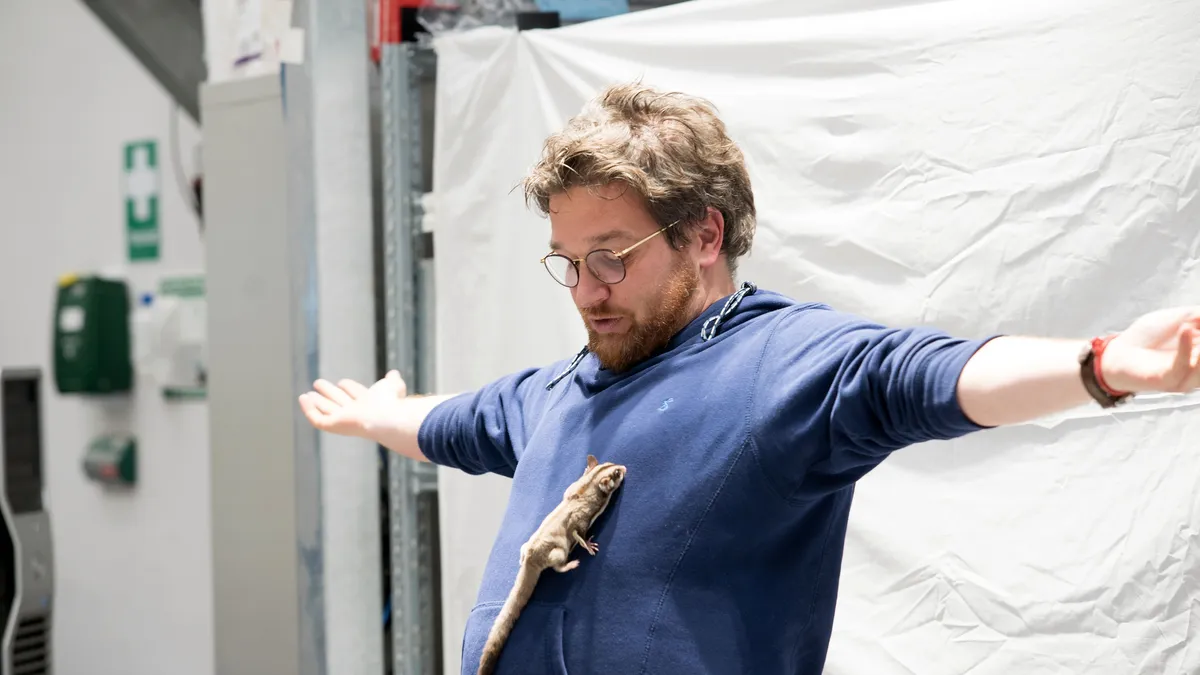
Look out for Ben's feature on skin in the February issue of BBC Wildlife.
What is Secrets of Skin about?
Skin really is quite remarkable. All vertebrates on Earth have it, it’s the body’s largest and most adaptable organ and, as we find out in this new series, it does so much more than just separating our insides from the environment that surrounds us.
For this new six-part BBC Four series, evolutionary biologist, TV presenter and BBC Wildlife contributor professor Ben Garrod reveals how important skin is for survival and how it has enabled the wide diversity of animal life thanks to the different forms skin can take – including scales, feathers and fur.
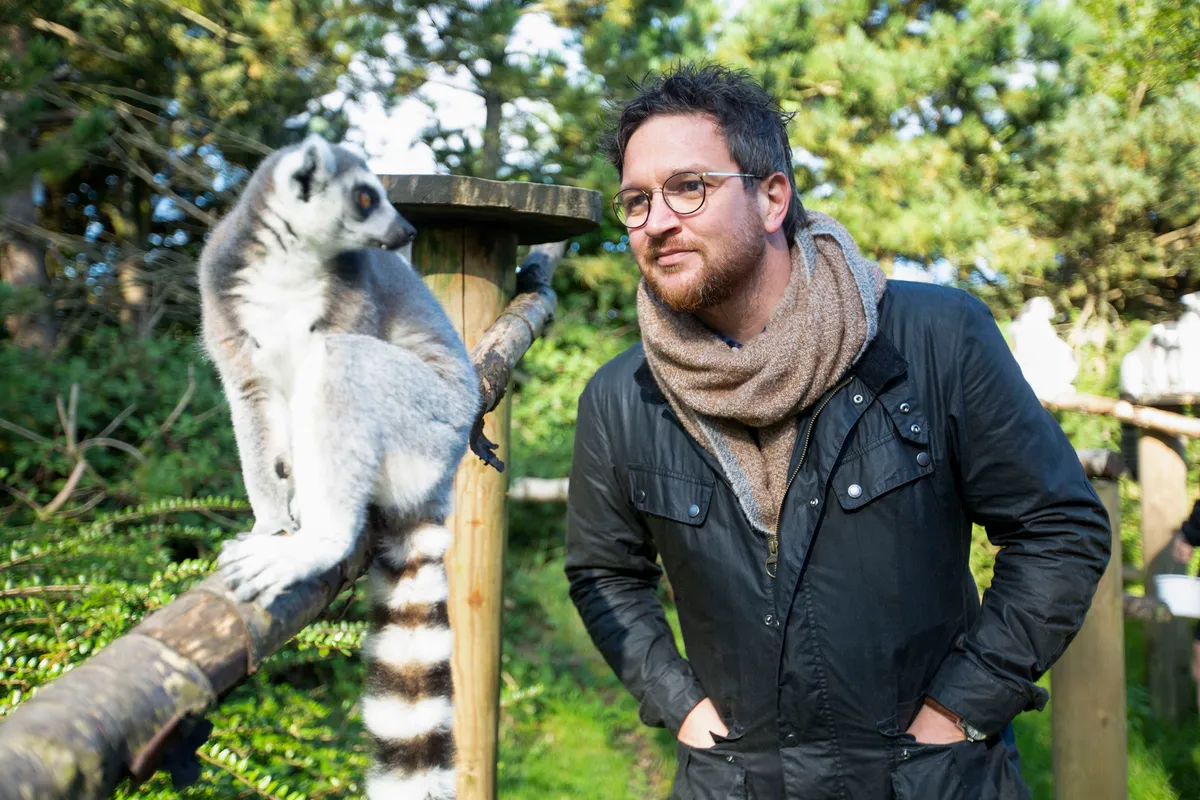
“We take skin for granted and often only see it as a passive barrier between us and the big wide world,” says Ben.
“But scratch the surface and we reveal that skin protects us, senses the world and even allows us to communicate with others.”

In a similar style to Ben’s previous series, Secrets of Bones, each episode of Secrets of Skins explores a different function of skin, starting with an introduction to its diverse adaptations, before focusing on movement, defence and much more.
“In this series, I come face to face with what’s living on my face; see how a shark’s skin is covered in millions of teeth, and how some of our most iconic seabirds might be communicating in ways we can barely imagine,” Ben reveals.

Alongside interviews with a range of other experts, Ben is also put through a variety of entertaining and interesting experiments.
One sequence involves him sticking his arm into a box of hungry mosquitos – to show how they are able to pierce our skin without us noticing – and then into a box of stable flies, which have harder mouthparts in order to feed from horses and cattle.
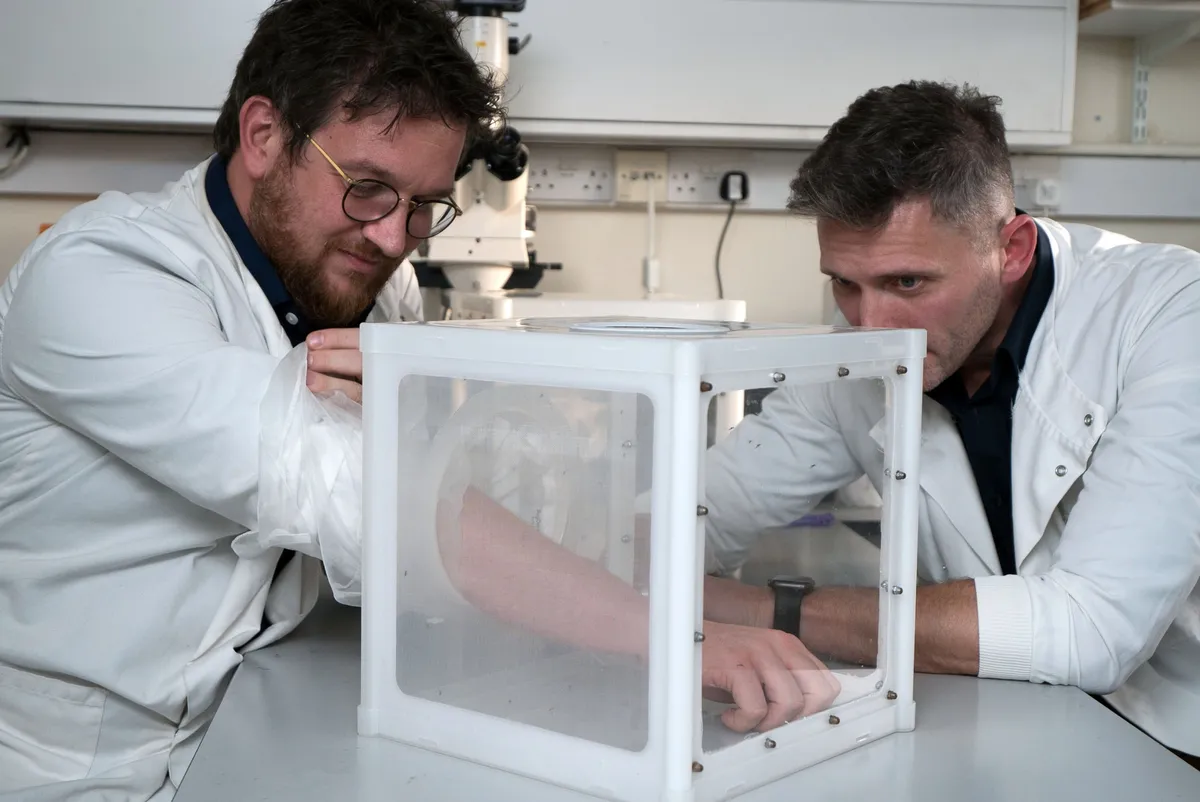
In another, he spends time in a walk-in deep-freezer whilst a thermal camera keeps track of his body temperature – going to great lengths to really get under the skin of this subject.

What is in each episode of Secrets of Skin?
1
Adaptability
Ben explores the evolution of the body's largest organ, skin, starting with how the same basic structure has allowed vertebrates to conquer every corner of the planet.
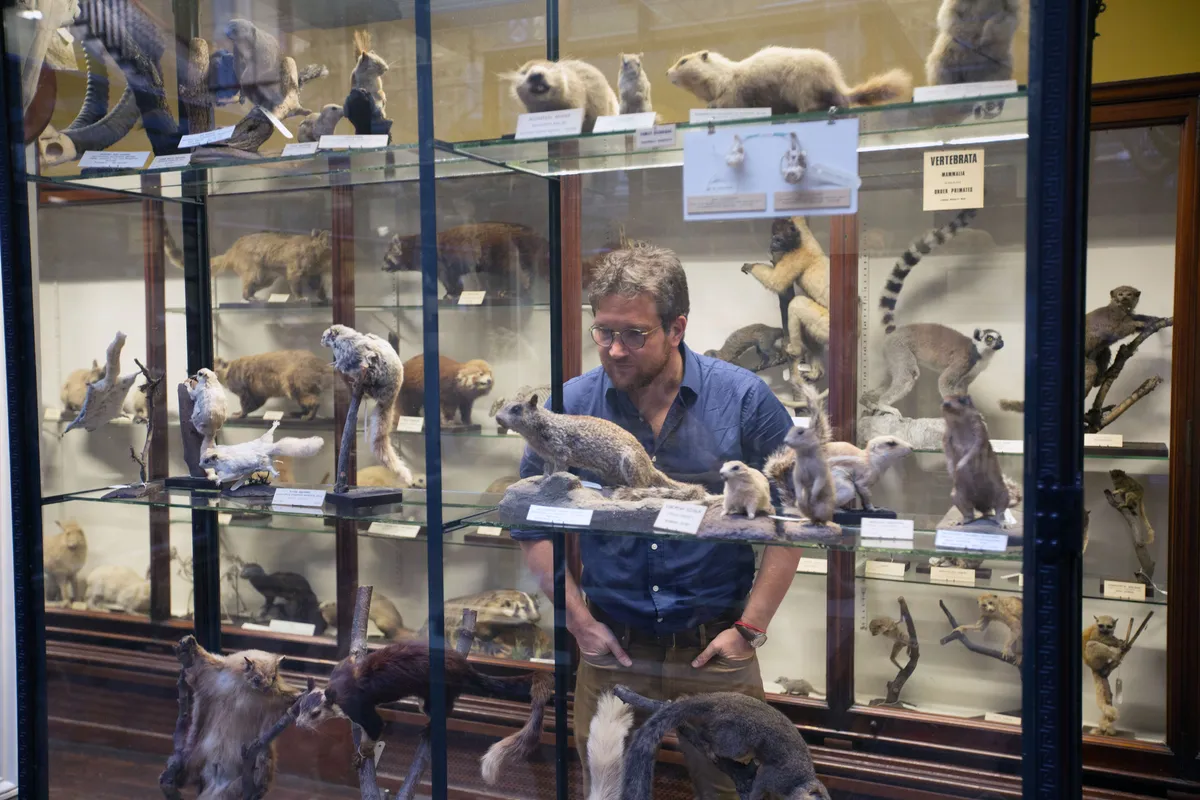
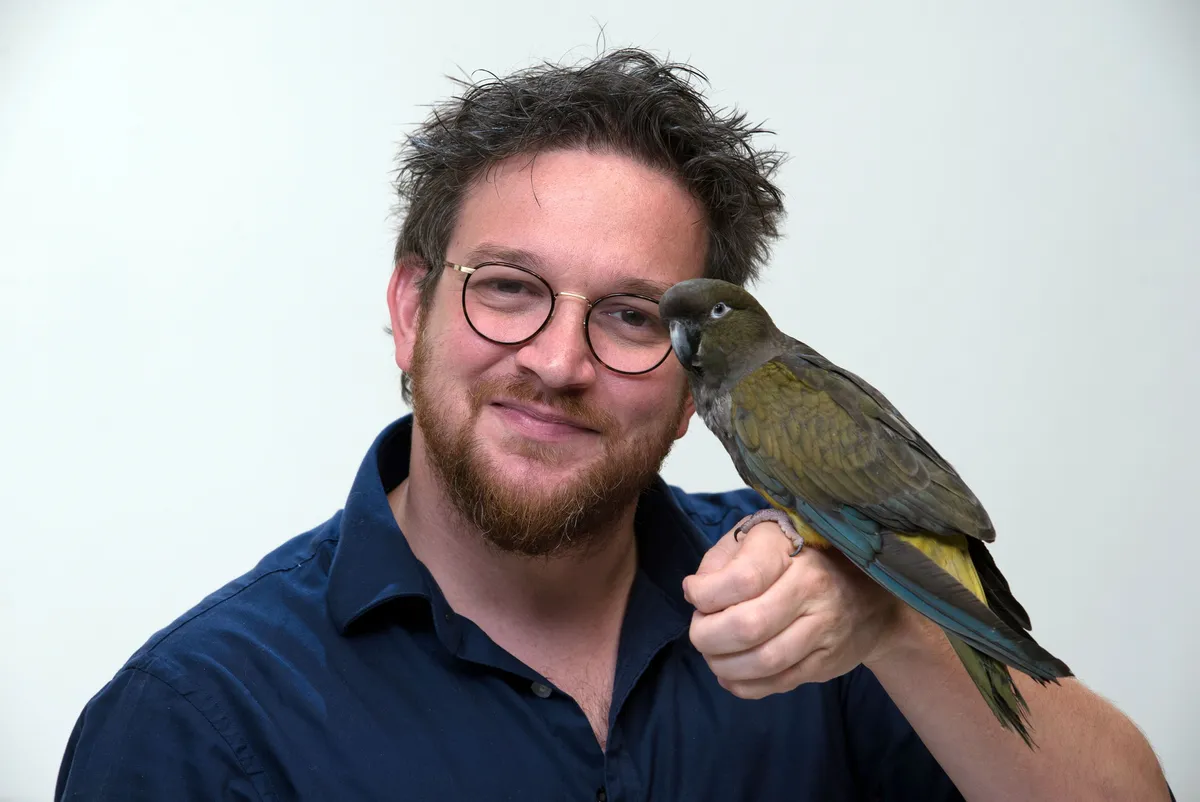
2
Moving
How do sugar gliders fly without feathers? What makes sharks built for speed? How do snakes move without limbs? The answer lies in their skin.
Ben uncovers the secrets of how skin has allowed animals to move through every habitat on the planet.


3
Protection
Animals have developed incredible ways of protecting themselves from everything a hostile planet has to throw at them.
Ben discovers how hippos produce their own sunscreen to protect themselves against the dangers of UV rays from the sun, and how a giraffe uses its spots to cool itself down in the blazing heat of the African savannah.

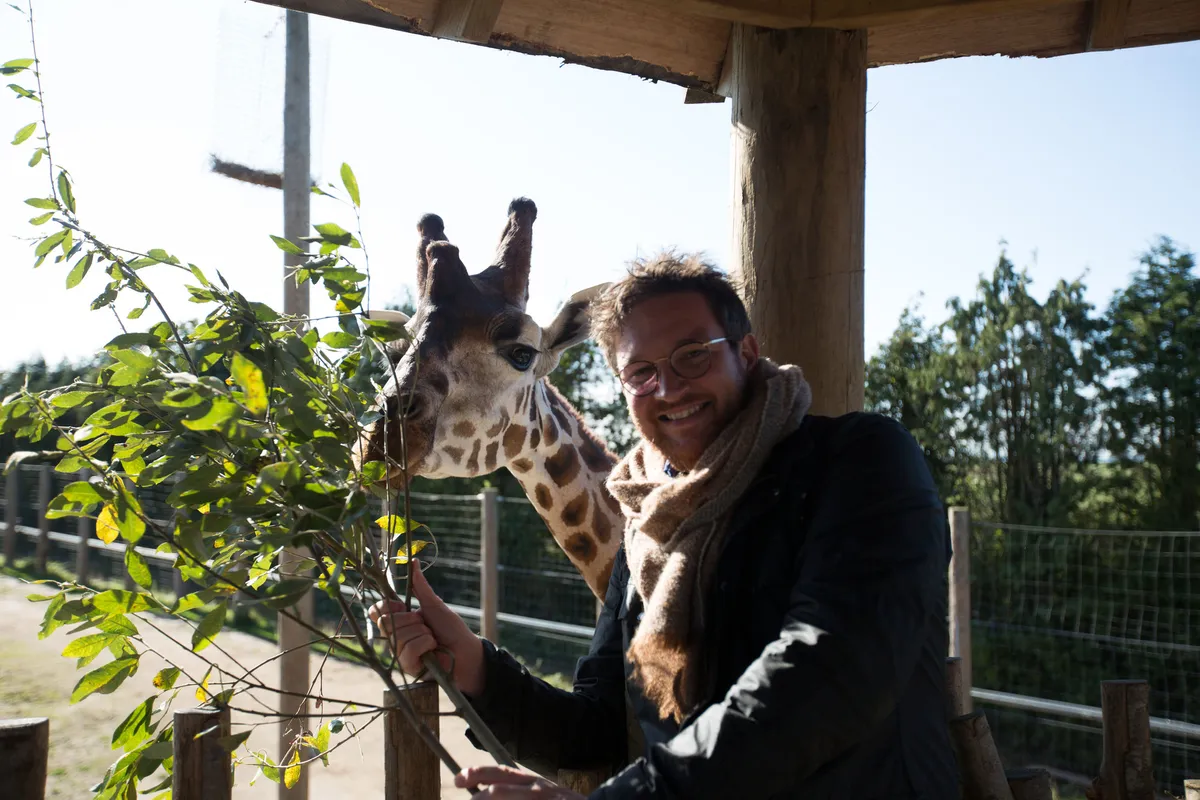
4
Communication
While humans rely largely on speech to communicate, most animals use their skin to send messages.
Birds are most notable for their use of coloured feathers to attract mates, show status and as displays of aggression.
But long before birds evolved their unrivalled use of colour, it is now believed that their ancestors, the dinosaurs, were using colour to communicate, as Ben discovers when he meets paleontologist Dr Mike Benton.
Ben also uncovers the sixth sense, electrolocation, used by knife fish to communicate with each other, and reveals the new science that shows puffins use ultraviolet colours on their beaks to communicate with other puffins.

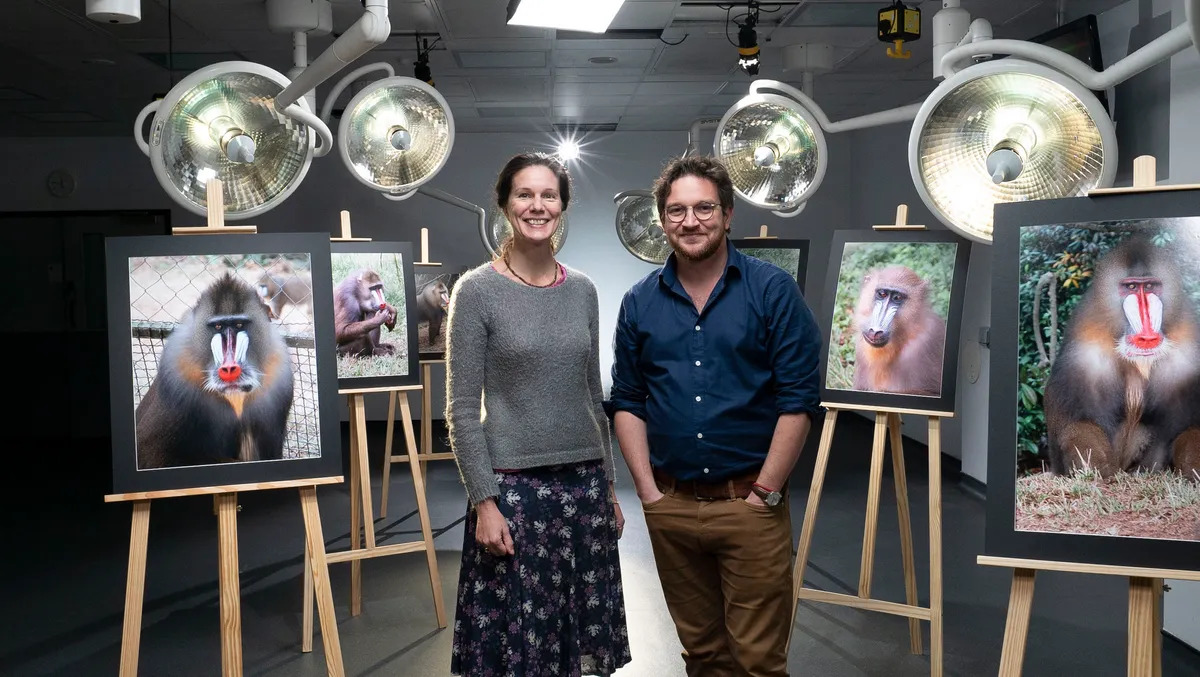
5
Defence
In the penultimate episode, Ben explore how skin has evolved to defend animals, including quills, camouflage and deadly toxins.
One of the most iconic warnings in nature is that of the rattlesnake. Ben takes a teaching sample of a rattlesnake’s tail to the University of Bristol to test just how fast it can vibrate.
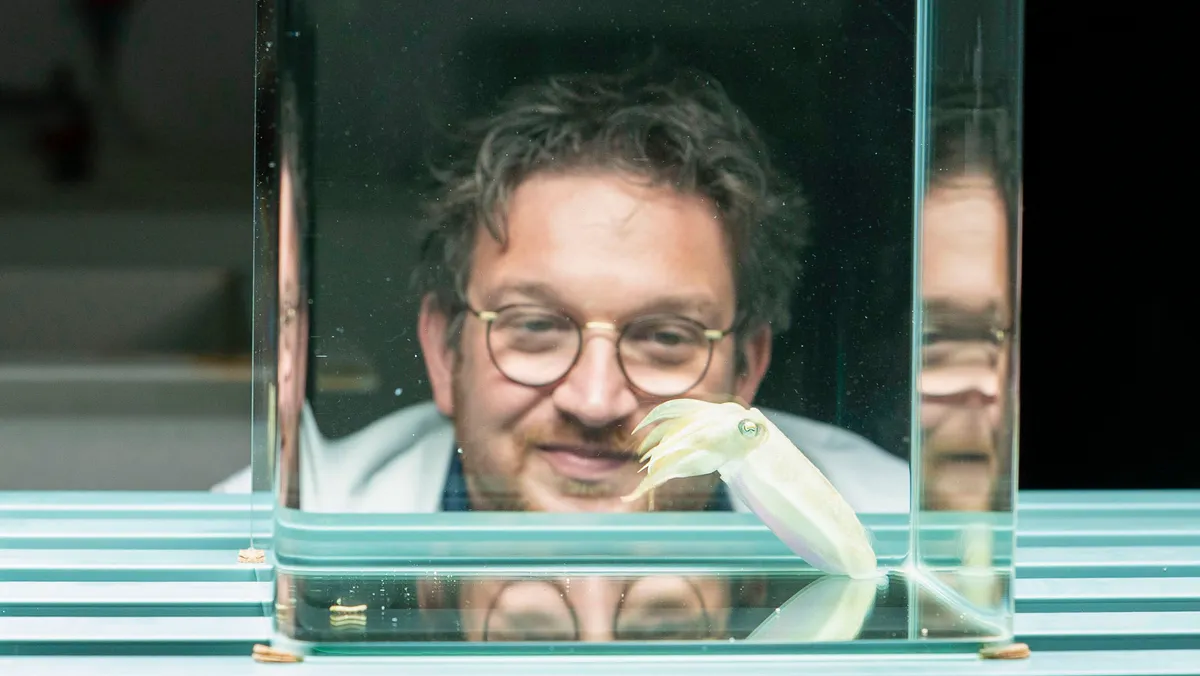

6
Sensing
In the final episode of Secrets of Skins, Ben looks at how skin has adapted to allow animals to sense the world around them.
Even the toughest of animals, crocodilians, have a surprisingly sensitive side when it comes to their specialized skin sensors they use to detect the tiniest of ripples in the water.
Ben also uncovers how the less than attractive leaf-nosed bat puts its facial skin to good use as an acoustic lens to echolocate around its dense forest habitat.
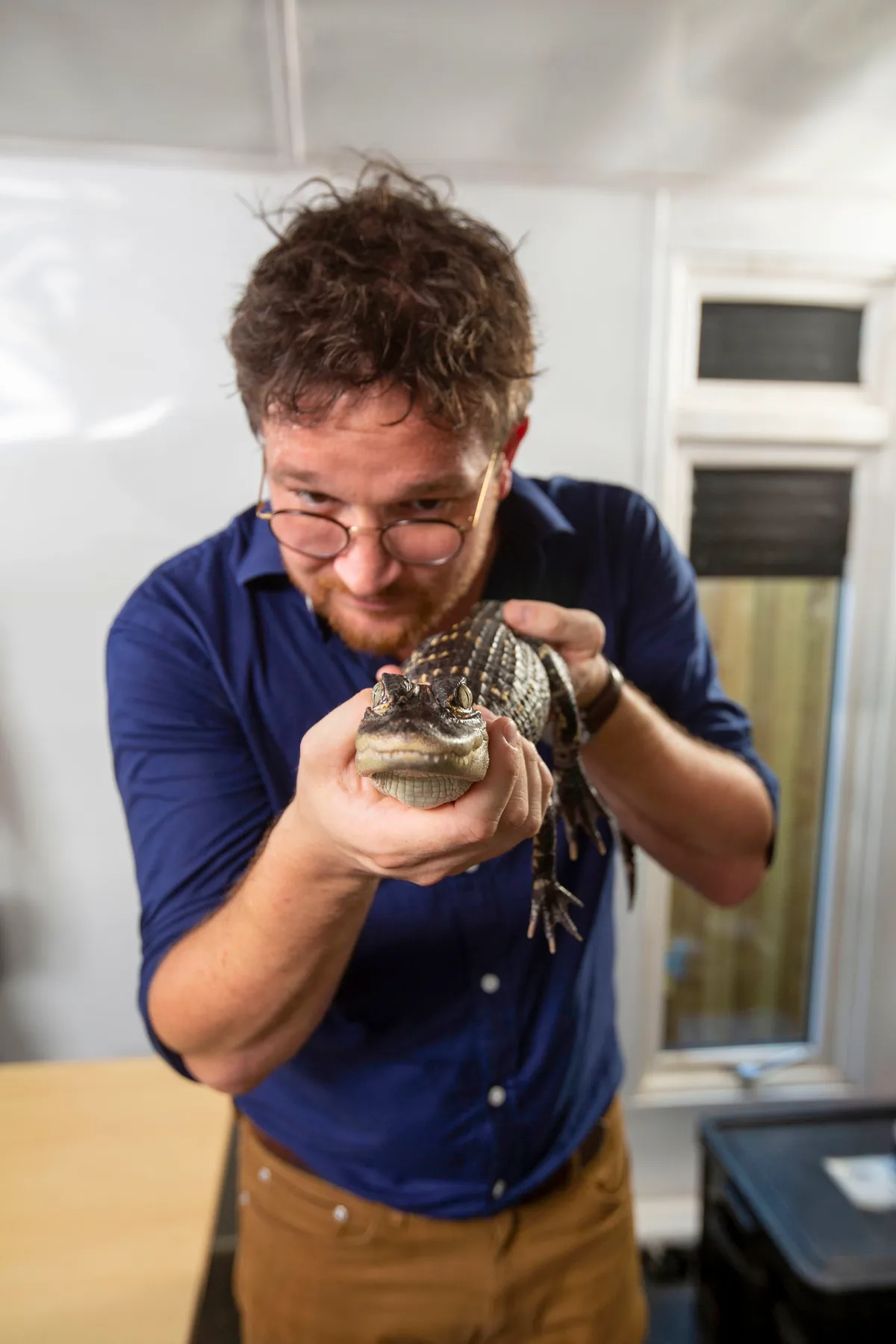

Main image: Ben in Bristol Museum with porcupine and echidna specimens. © Amelia Kyprianou/BBC NHU
